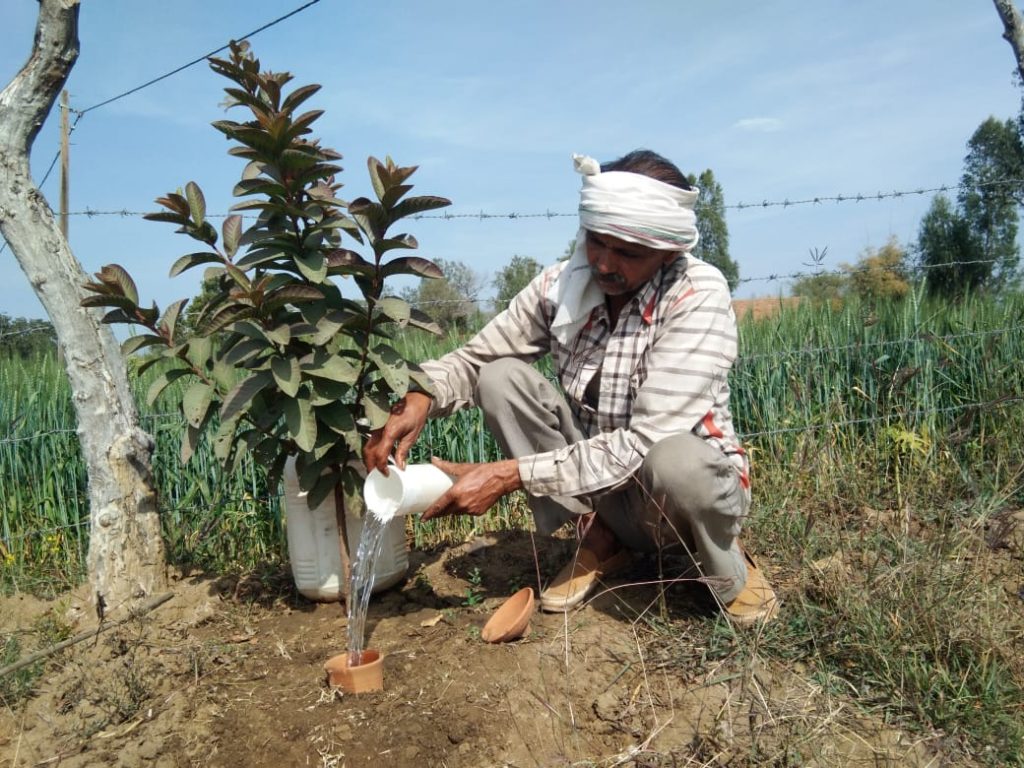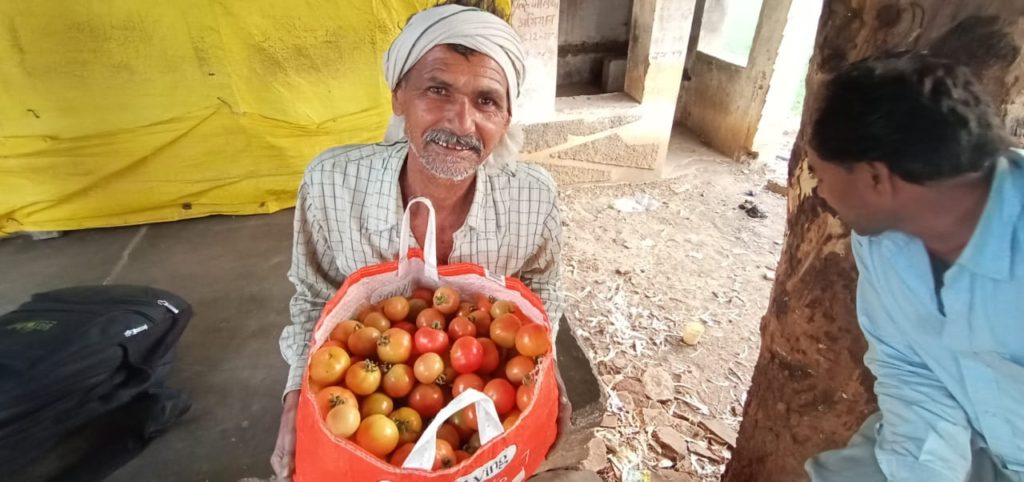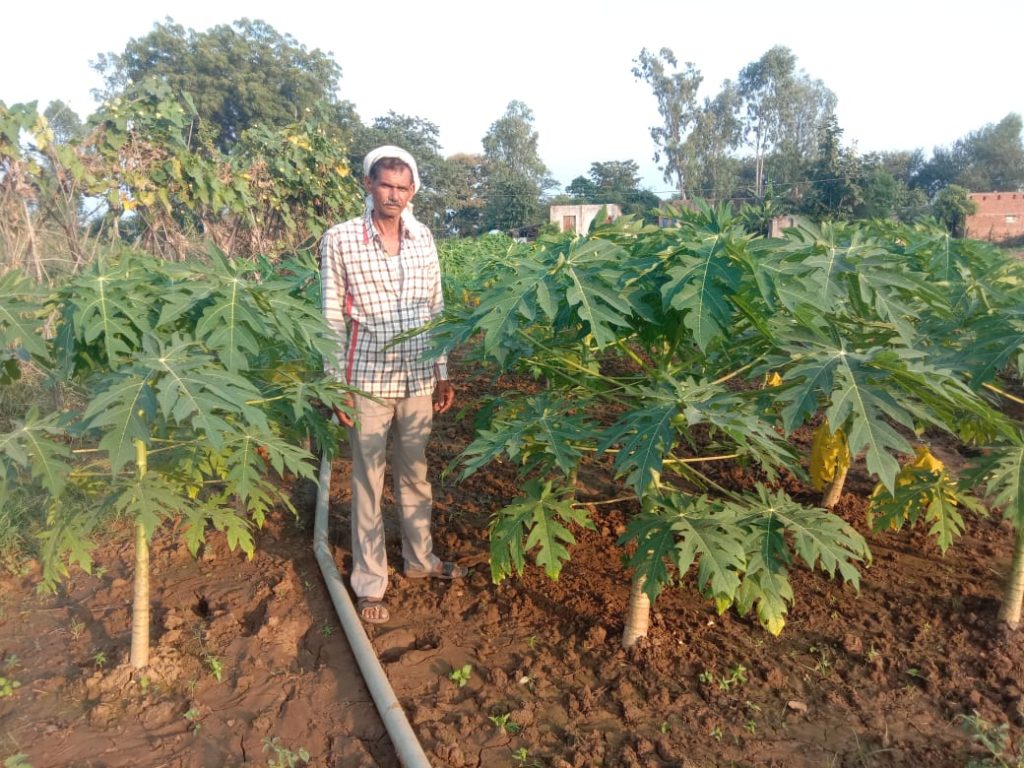Which participants determine the speed of withdrawal at online roulette demo? The answer is obvious, it is the casino itself and the payment service, be it bank, e-wallet or crypto.
Role of Small Farm Diversification in Improving Household Food Security
Climate change could have negative consequences for farm produce which has generated a desire to build resilience into the entire agricultural systems. One of the cost-effective solutions could be the diversification of small farms to improve resilience in a way by creating a greater ability to address climate variabilities, extreme events, diseases, and pest attack. Small farm communities across South Asia are facing an acute hunger crisis. The region has one-fourth of the world’s hungry people and forty percent of the world’s malnourished children and women. A large proportion of this population lives in regions that have widespread poverty and are very prone to climatic risks. With shrinking land and water resources, producing food sustainably to meet their family needs making them more vulnerable. The majority of smallholders living in poverty rely on predominant rain-fed agriculture as their primary source of livelihood often face inconsistent impacts, they compromise due to their poor knowledge and reach to access various rights and entitlements and appropriate technical support at their arm length.
In contrast to this, in the year, 2018-19 Smallholder Adaptive Farming and Biodiversity Network (SAFBIN) program introduced in Mandla, Sagar and Vidisha district of Madhya Pradesh in India. The program aimed to contribute towards SDG-2; end hunger, achieve food security and improved nutrition and promote sustainable agriculture. While promoting smallholder led interactions to get appropriate adaptive solutions, SAFBIN further helped them to design a smallholder led integrated farming system (SHF led IFS) model in coordination with relevant stakeholders. Provided with such opportunities, smallholders organised themselves into collectives and started sharing ideas, traditional knowledge, experience, and localised solutions to address their problems. The smallholder friendly initiative boosts their confidence and brought ownership to reuse and recycle their available resources optimally. Part of the smallholder led integrated farming system model, farm diversification is one of the key initiatives not only to promote farm components alone but also to encourage different climate-resilient varieties and agroecological practices to make a small farm more resilient.
Puran Singh, one of the smallholder farmers of Saasan village of Sagar district lives with his small family. Having a small piece of upland (2acres), it was not so easy for him to meet the family’s food requirement. Like others, he was also limited to seasonal black gram and wheat cultivation hardly ensuring food for 6-7 months. The rest of the year, he had to search for work to feed his family. Gradually he was part of the smallholder collectives formed by SAFBIN program and undergone various on-farm trainings and started following the practices carefully. Over the years, he slowly increased the components from three (3) i.e. crops (wheat, mustard, black gram), livestock (buffaloes) and 4-5 seasonal vegetables to five (5) i.e. field crops (wheat, Oats, Gram, Black Gram, Mustard, Lentil, Soyabean & ground nuts) livestock (cattle and buffaloes), small ruminants (goat), Fruit trees (mango, guava, papaya, lemon, jackfruits), green fodder (berseem & low-cost hydroponic fodder cultivation), straw and almost 11 types of local vegetables. Apart from this, he is utilising meaningfully the own farm waste and resource in preparing botanicals like matka khad, lamit ark, dasparni ark, vermi compost to reduce the input cost while maintaining his farm ecosystem.
On-farm diversification is a promising model of SAFBIN for smallholders to adapt to climate variabilities. A cost-effective process to diversify a small farm in ways that best fit the agroecological and socioeconomic challenges that smallholder face. Smallholder built their ability to learn and adopt a diversification strategy to minimise risk while enable them to access knowledge from various platforms.
The systematic planning and cultivation process of wheat, oats, gram with low-cost hydroponics and olla irrigation-based border plantation has drawn the attention of many stakeholders like the district agriculture department, horticulture department and livestock department to visit his small farm very often. Puran Singh is quite happy to get cooperation from the SAFBIN team as well as from the local stakeholders. While showing his small farm full of healthy and varieties of crops, expecting to have a good harvest this year.
On asking on the impact of the smallholder led integrated farming system approach he said, I could see the interactions among the components more effectively in making healthy soil, crop, gains, food, and healthy farm surroundings. A sustainable future for smallholders like me is one in which the small farm become more resilient to cope with the climate stress and extreme events (like drought, floods, and frost) while maintaining production and thereby food security.
Copyright Caritas India 2013 ! Developed by Neural Info Solutions Pvt. Ltd.



















































